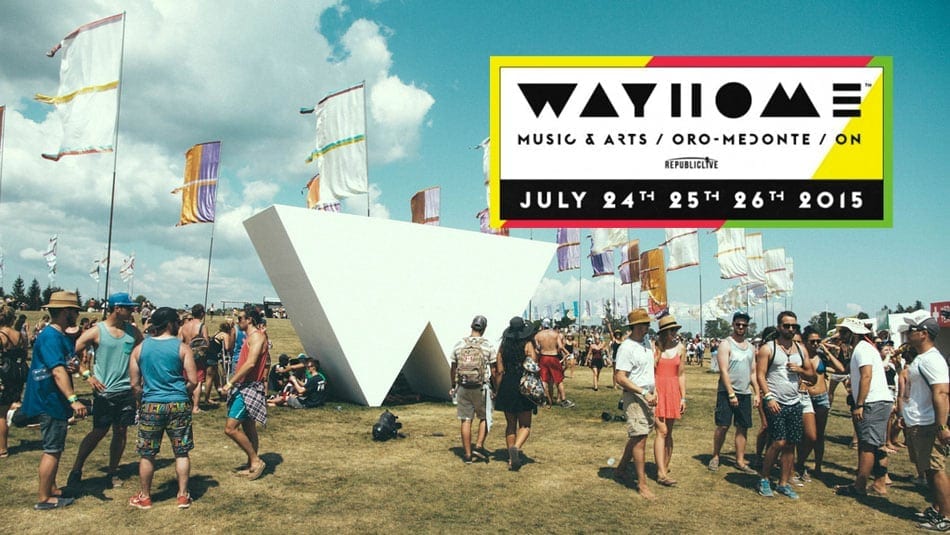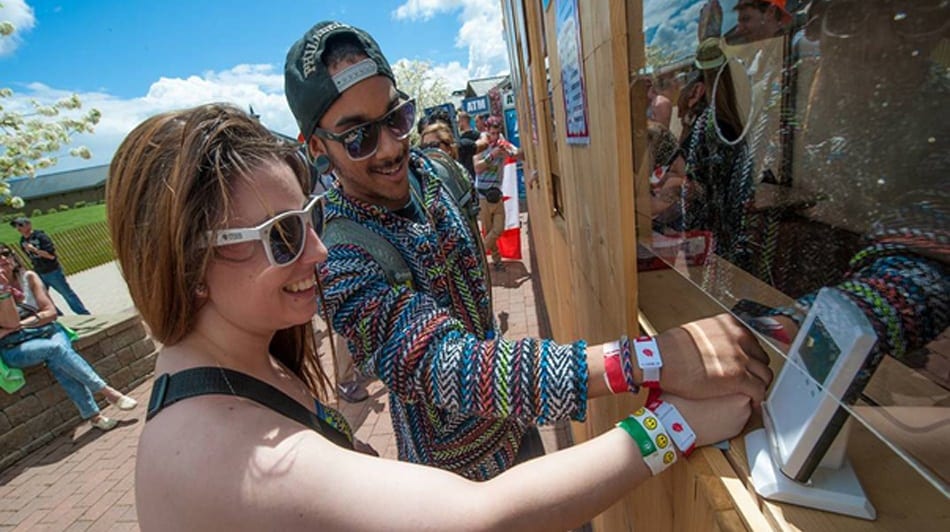There was a time when the idea of corporate sponsorship for a concert or festival would have seemed absolutely horrifying. Back when rock ‘n’ roll was still counterculture, people actually bought music, and flower crowns weren’t retro, there was no such thing as brand presence at concerts. Michael Jackson’s Bad tour in 1983 completely changed that. In an attempt to present themselves as the Choice of a New Generation™, Pepsi Co. paid an unprecedented $5m to partner with the King of Pop on a stadium tour, and thus shifted the course of integrated event marketing forever. These days brands are an integral part of the festival ecosystem. While they still seem horrifying to a good number of festival goers, the organizers have opened their arms to the added revenue from branded stages and activations. Goldenvoice has proven to be among the most adept at leveraging their coveted audience for branded opportunities. They have major partnerships established with HP, American Express, and perhaps most famously H&M, who have their own signature Coachella line, and can do so because they have perhaps the most lucrative target market in the event space. To find out a bit more about how festivals can integrate brands into their site in a way that doesn’t thaw their cool, we spoke to festival production and activations specialist Michael Ilves. With experience working on branded activations at festivals like Coachella, Panorama, and SXSW, Ilves has solid insight into the mechanics of event sponsorship and how you can get the most out of the festival/brand relationship.
Make Sure The Activation or Brand Presence Looks Good
An enormous, all-seeing Budweiser banner hanging above your festival isn’t a particularly good look, but neither is a big hideous activation that stands out like a sore thumb on your beautifully manicured site. “The biggest challenge that every event producer faces in this area,” says Ilves, “is making sure that a sponsorship activation is cohesive and aligned with the festival’s aesthetic.”Ilves explains that the language in the contract is typically rather vague, but the festival should guide the brand through what will work and what won’t because it’s in everyone’s best interests for the activation to succeed. “SXSW is a good example of an event that manages its partnerships well. The guy that runs the sponsorship department has been there for over fifteen years. Of course, they want to bring in sponsorship dollars and help fund the event like every festival, but it doesn’t do anyone any good for the activation to fail. They try to share their knowledge of the audience with the brand, and that’s very important.”
Data is Your Best Friend
We’ve said it many times before on this blog, but data is one of the most valuable assets that your festival has from the sponsor’s. They are using your event to reach your fans, and the more data points that they gather, the better they can sell their product. Yes, you should be gathering data for yourself, but having data to share with the brands is crucial.“Data is king these days,” says Ilves. “Festivals will all have different policies on how they control and police that data. I wouldn’t imagine any big festivals just hand over their spreadsheets of customer information to brands, but they certainly use the data to show the value of the event.” Ilves brings up H&M’s Coachella activation as an example of a brand gathering its customer data on-site. “They have selfie walls, photo booths, and after you take a picture you’re prompted to enter your email so you can receive the photos. I’d say like 90 percent of the activations nowadays are focused on gathering consumer data.”
Festival Producers Need to Be Okay With a Brand Presence
“This is a give and take. You can have the most independent, DIY festival but the moment you decide to take sponsorship money from a brand, you’re crossing a line and you have to be okay with that. In my experience, you will always find that the brands are trying to make themselves the focal point, while the festival producer just wants to put them in a quiet corner somewhere.”Ilves continues, “I’ve certainly worked at festivals when the day before the gates open, the event producer just decides to completely axe a branded activation because he feels it doesn’t go with the vibe of the event. You need everyone to understand what the deal is.”Dance Hard. Stay Cool. Stop by the #MacysOasis to charge up and refresh @Macys pic.twitter.com/noAsNzqxqU
— Panorama (@PanoramaNYC) July 16, 2016


